The Abstract Factory pattern revolves around a central abstract factory, which is responsible for creating and managing multiple related concrete factories that produce objects of related families. This factory is often referred to as a “factory of factories” or a “super-factory.”
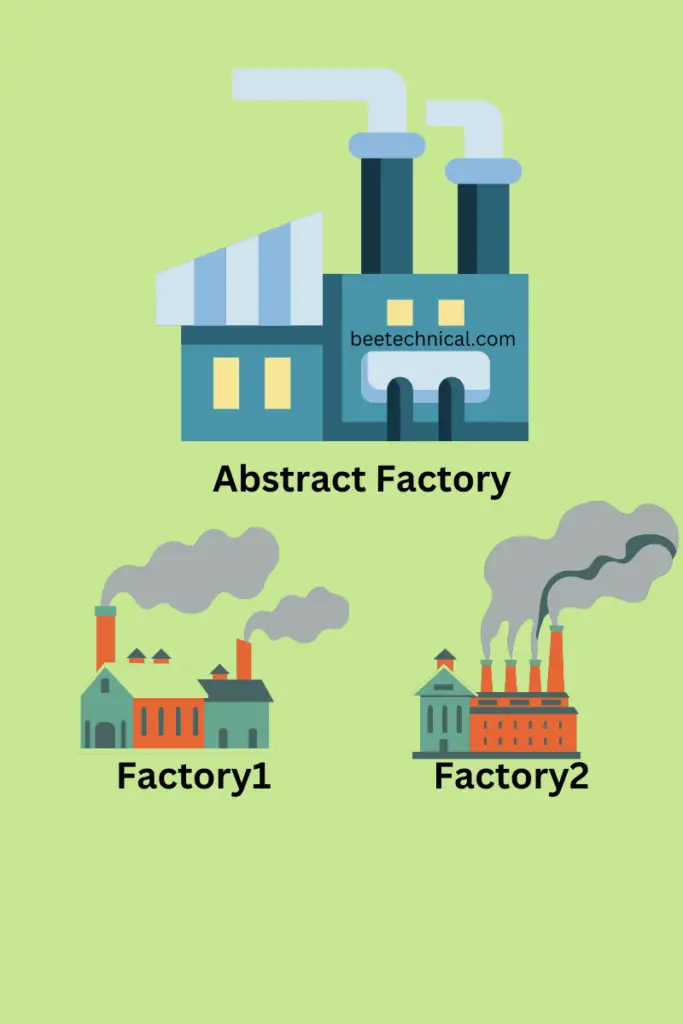
As a creational design pattern, the Abstract Factory pattern provides an effective way to create families of related or dependent objects without tightly coupling the client code to their concrete classes. By defining an abstract factory interface that declares a set of factory methods for creating abstract product objects, the pattern promotes flexibility and maintainability in object creation.
Example Code to Understand
In this example, we define the ICarFactory interface as the abstract factory, with two methods for creating the engine and transmission for a car. We also define the IEngine and ITransmission interfaces as abstract products.
// Define the abstract factory interface
public interface ICarFactory
{
IEngine CreateEngine();
ITransmission CreateTransmission();
}
// Define the abstract product interface for the engine
public interface IEngine
{
string GetDescription();
}
// Define the abstract product interface for the transmission
public interface ITransmission
{
string GetDescription();
}
We then implement two concrete factory classes, GasolineCarFactory and ElectricCarFactory, which create different types of engines and transmissions for gasoline-powered and electric cars, respectively.
// Define a concrete factory that creates gasoline-powered cars
public class GasolineCarFactory : ICarFactory
{
public IEngine CreateEngine()
{
return new GasolineEngine();
}
public ITransmission CreateTransmission()
{
return new AutomaticTransmission();
}
}
// Define a concrete factory that creates electric cars
public class ElectricCarFactory : ICarFactory
{
public IEngine CreateEngine()
{
return new ElectricEngine();
}
public ITransmission CreateTransmission()
{
return new ManualTransmission();
}
}
We also implement four concrete product classes, GasolineEngine, ElectricEngine, AutomaticTransmission, and ManualTransmission, which represent the different types of engines and transmissions that can be produced.
// Define a concrete product class that implements IEngine for gasoline engines
public class GasolineEngine : IEngine
{
public string GetDescription()
{
return "Gasoline Engine";
}
}
// Define a concrete product class that implements IEngine for electric engines
public class ElectricEngine : IEngine
{
public string GetDescription()
{
return "Electric Engine";
}
}
// Define a concrete product class that implements ITransmission for automatic transmissions
public class AutomaticTransmission : ITransmission
{
public string GetDescription()
{
return "Automatic Transmission";
}
}
// Define a concrete product class that implements ITransmission for manual transmissions
public class ManualTransmission : ITransmission
{
public string GetDescription()
{
return "Manual Transmission";
}
}
Finally, we define a CarProduction class that uses the abstract factory to create an engine and transmission and then assembles them into
// Client code that uses the Abstract Factory pattern
public class CarProduction
{
private ICarFactory _carFactory;
public CarProduction(ICarFactory carFactory)
{
_carFactory = carFactory;
}
public void ProduceCar()
{
// Use the abstract factory to create the engine and transmission
IEngine engine = _carFactory.CreateEngine();
ITransmission transmission = _carFactory.CreateTransmission();
// Assemble the car using the engine and transmission
Console.WriteLine("Assembling car with {0} and {1}", engine.GetDescription(), transmission.GetDescription());
}
}
// Example usage
public static void Main(string[] args)
{
// Create a gasoline car factory and produce a car
ICarFactory gasolineCarFactory = new GasolineCarFactory();
CarProduction gasolineCarProduction = new CarProduction(gasolineCarFactory);
gasolineCarProduction.ProduceCar();
// Create an electric car factory and produce a car
ICarFactory electricCarFactory = new ElectricCarFactory();
CarProduction electricCarProduction = new CarProduction(electricCarFactory);
electricCarProduction.ProduceCar();
}
As we can see in the above example. CarProduction is the one that creates the required car based on the provided factory. And, the proper factory will be provided by the abstract factory class.
Abstract Factory Pattern Vs Factory Pattern
Both the Factory pattern and the Abstract Factory pattern are creational design patterns that provide a way to create objects in a flexible and extensible manner. However, the main difference between them lies in the scope of the objects they create.
The Factory pattern creates individual objects, while the Abstract Factory pattern creates families of related objects. The Factory pattern uses a single factory class to create the objects, while the Abstract Factory pattern uses a hierarchy of related factories to create families of related objects.
// Factory pattern example
public abstract class Animal
{
public abstract string MakeSound();
}
public class Dog : Animal
{
public override string MakeSound()
{
return "Woof!";
}
}
public class Cat : Animal
{
public override string MakeSound()
{
return "Meow!";
}
}
public static class AnimalFactory
{
public static Animal CreateAnimal(string animalType)
{
switch (animalType)
{
case "Dog":
return new Dog();
case "Cat":
return new Cat();
default:
throw new ArgumentException($"Invalid animal type: {animalType}");
}
}
}
// Abstract Factory pattern example
public interface IAnimalFactory
{
Animal CreateAnimal();
}
public class DogFactory : IAnimalFactory
{
public Animal CreateAnimal()
{
return new Dog();
}
}
public class CatFactory : IAnimalFactory
{
public Animal CreateAnimal()
{
return new Cat();
}
}
public static class AnimalFamilyFactory
{
public static IAnimalFactory CreateAnimalFactory(string familyType)
{
switch (familyType)
{
case "Canine":
return new DogFactory();
case "Feline":
return new CatFactory();
default:
throw new ArgumentException($"Invalid animal family type: {familyType}");
}
}
}
In the above code, the Factory pattern example defines an abstract Animal class with concrete implementations of Dog and Cat. The AnimalFactory the class provides a single-factory method CreateAnimal() that creates individual objects of Dog or Cat based on the input parameter.
On the other hand, the Abstract Factory pattern example defines an interface IAnimalFactory with concrete implementations of DogFactory and CatFactory. The AnimalFamilyFactory the class provides a factory method CreateAnimalFactory() that creates families of related objects (Dog and Cat in this case) by returning an instance of the corresponding concrete factory class based on the input parameter.
Pros
Here are some advantages of using the Abstract Factory pattern:
- Provides a way to encapsulate the creation of related objects: The Abstract Factory pattern allows you to encapsulate the creation of related objects, such as those that belong to the same family or have a common theme. This can help you maintain a consistent design and reduce coupling between objects.
- Promotes loose coupling between objects: By using an abstract factory to create objects instead of creating them directly, you can reduce the dependency of the client code on specific object implementations. This promotes loose coupling between objects, making it easier to swap out implementations or extend the system without affecting other parts of the code.
- Supports the open-closed principle: The Abstract Factory pattern supports the open-closed principle, which states that software entities (classes, modules, functions, etc.) should be open for extension but closed for modification. This means that you can add new product families to the factory without modifying the existing code, which makes the system more modular and easier to maintain.
- Provides a way to enforce constraints on object creation: By using an abstract factory to create objects, you can enforce constraints on how the objects are created. For example, you can ensure that objects are created in a certain order, or that they are created with a specific set of properties.
- Facilitates unit testing: The Abstract Factory pattern can facilitate unit testing, as it makes it easy to create mock objects for testing purposes. You can create a mock factory that returns mock objects instead of real objects, which can help you isolate and test individual components of your system.
Cons
One of the main disadvantages of the Abstract Factory pattern is that it can lead to a complex class hierarchy with many abstract classes and interfaces, which can be difficult to understand and maintain. This can make it challenging for developers to implement and extend the pattern effectively.
Additionally, the Abstract Factory pattern can be less flexible than other creational patterns like the Factory Method pattern, because it requires the creation of a new concrete factory class for each family of related objects. This can make it harder to add new product types or modify existing ones, as changes may need to be made to multiple classes in the hierarchy.
When to Use Abstract Factory pattern?
Here are some real-world examples of the Abstract Factory pattern:
- GUI toolkits: GUI toolkits like Qt and Windows Forms use the Abstract Factory pattern to create different types of widgets (such as buttons, text fields, and labels) that are consistent with the platform’s look and feel.
- Database drivers: Database drivers use the Abstract Factory pattern to create different types of database connections that are specific to the database management system (DBMS), such as MySQL or Oracle.
- Gaming engines: Gaming engines like Unity use the Abstract Factory pattern to create different types of game objects (such as characters, enemies, and obstacles) that are consistent with the game’s theme and style.
- Operating systems: Operating systems use the Abstract Factory pattern to create different types of system objects (such as file systems, network connections, and process schedulers) that are specific to the platform and hardware architecture.
- Car manufacturing: In car manufacturing, the Abstract Factory pattern can be used to create different types of car components (such as engines, wheels, and seats) that are consistent with the car model and brand.
Overall, the Abstract Factory pattern is commonly used in situations where there are multiple related object families that need to be created and managed in a consistent way.
Common Misconceptions about the Abstract Factory Pattern
The Abstract Factory pattern is a powerful creational pattern that provides a way to encapsulate the creation of related object families. However, there are some common misconceptions about this pattern.
- Abstract Factory is the same as Factory Method: While Abstract Factory and Factory Method are both creational patterns, they serve different purposes. The Abstract Factory pattern is used to create families of related objects, while the Factory Method pattern is used to create a single object with a specific type.
- Abstract Factory is always necessary: The Abstract Factory pattern should only be used when there is a need to create families of related objects. If there is only one type of object to be created, then the Factory Method pattern or another creational pattern may be more appropriate.
- Abstract Factory is too complex: The Abstract Factory pattern can be complex if there are many related families of objects that need to be created, but it can also simplify the code by encapsulating object creation and reducing dependencies between objects.
- Abstract Factory is only useful for large projects: The Abstract Factory pattern can be useful in small projects as well, especially if there are multiple related object families that need to be created.
- Abstract Factory is only useful in certain domains: The Abstract Factory pattern can be used in many domains, such as software development, manufacturing, and gaming. It is a flexible pattern that can be adapted to many different situations.
Conclusion
Abstract Factory pattern is a powerful creational pattern that can be used to encapsulate the creation of related object families.
It promotes loose coupling between objects, reduces dependencies, and supports the open-closed principle. While there are some common misconceptions about this pattern, such as its complexity and limited applicability, it is a flexible pattern that can be adapted to many different situations in various domains.
When used appropriately, the Abstract Factory pattern can simplify code, improve maintainability, and support scalability in software projects.


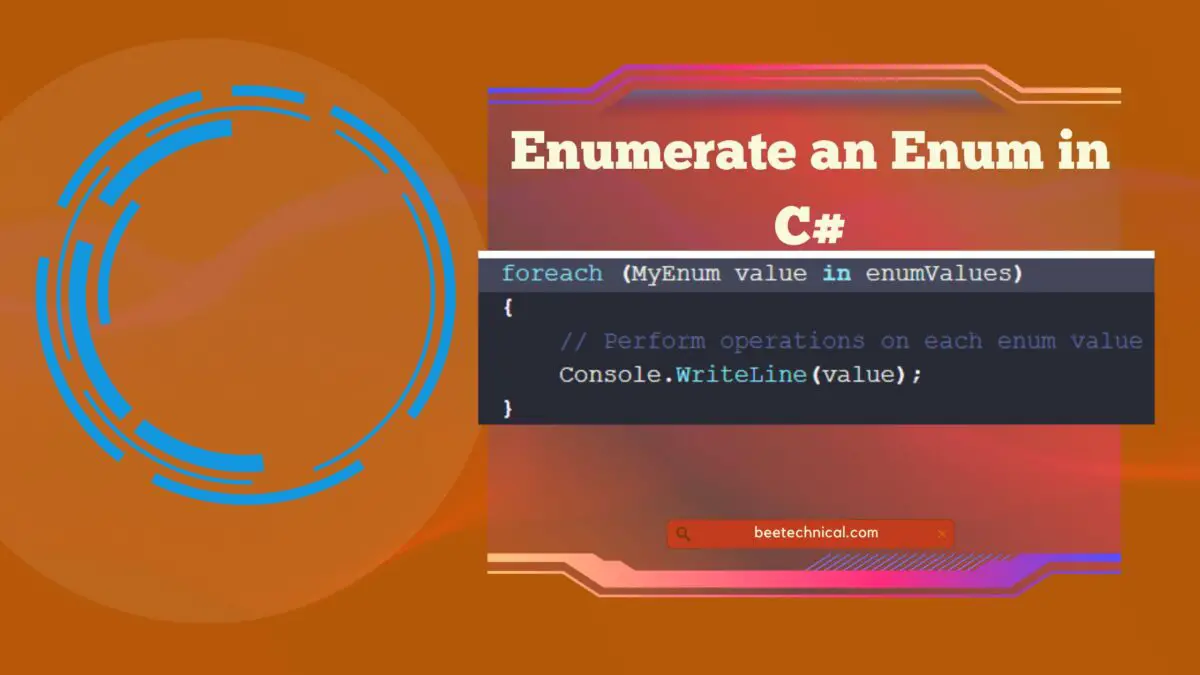

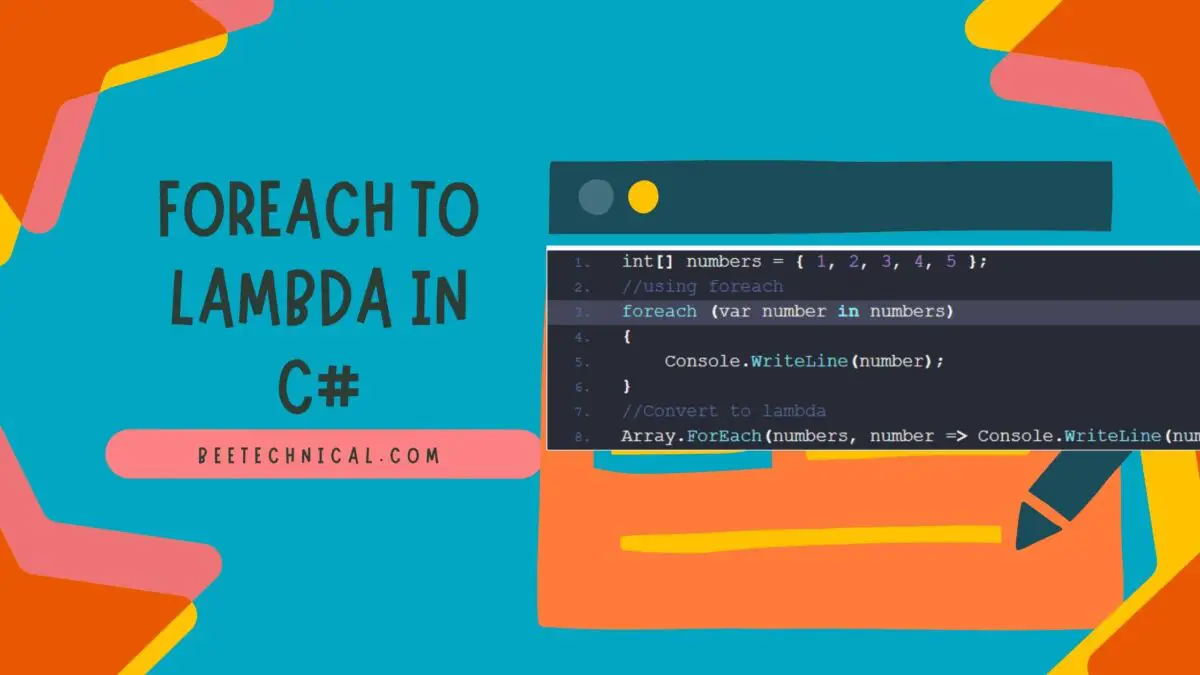
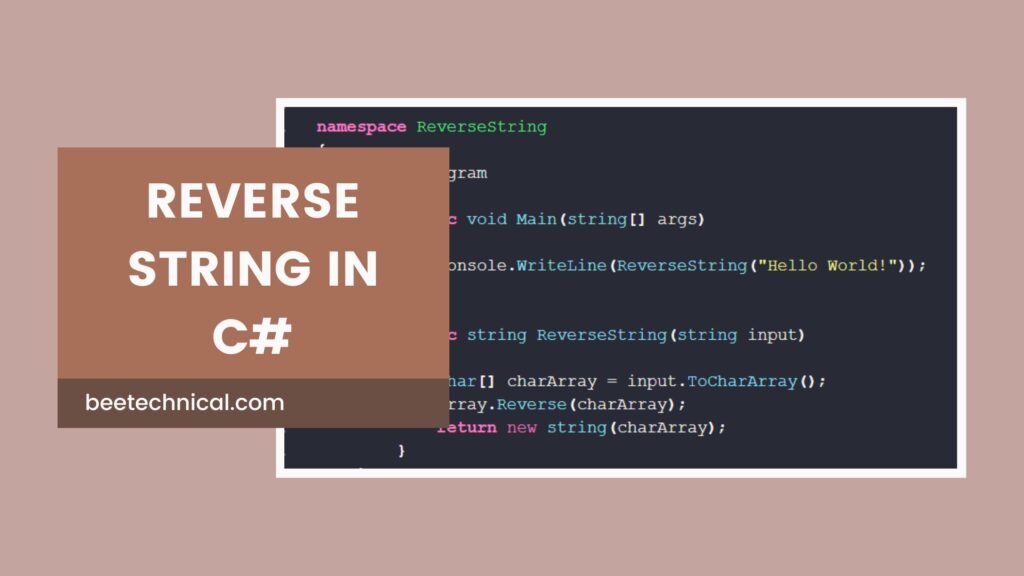
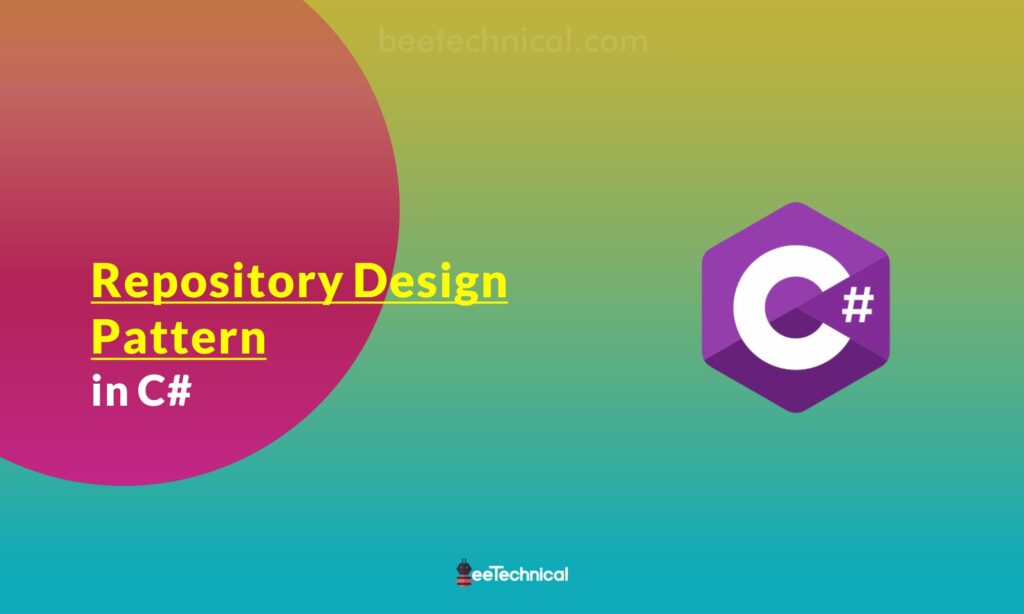


Comments are closed.